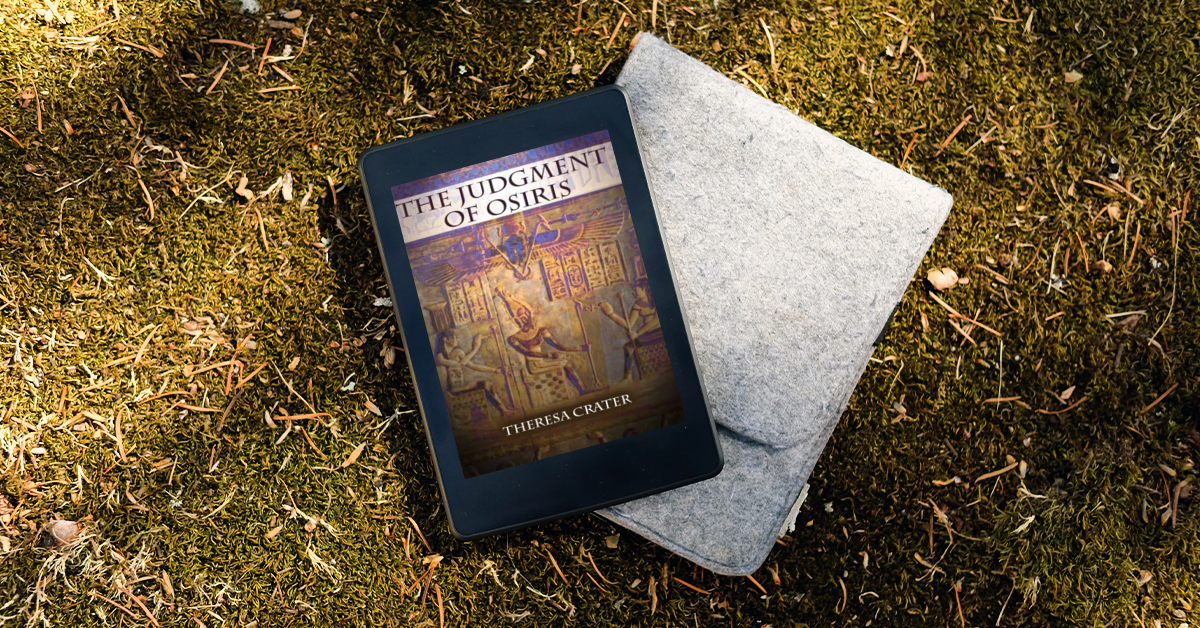Normal
0
false
false
false
EN-US
X-NONE
X-NONE
/* Style Definitions */
table.MsoNormalTable
{mso-style-name:”Table Normal”;
mso-tstyle-rowband-size:0;
mso-tstyle-colband-size:0;
mso-style-noshow:yes;
mso-style-priority:99;
mso-style-parent:””;
mso-padding-alt:0in 5.4pt 0in 5.4pt;
mso-para-margin-top:0in;
mso-para-margin-right:0in;
mso-para-margin-bottom:10.0pt;
mso-para-margin-left:0in;
line-height:115%;
mso-pagination:widow-orphan;
font-size:11.0pt;
font-family:”Calibri”,”sans-serif”;
mso-ascii-font-family:Calibri;
mso-ascii-theme-font:minor-latin;
mso-hansi-font-family:Calibri;
mso-hansi-theme-font:minor-latin;}
In The Star Family, I wrote about the sacred geometry of Washington, D.C. I had Knight walk Jane down the National Mall and explain it as a Tree of Life. Also there was a magical battle to reclaim this tree for the light.
 Many people have spread this idea that the National Mall is built as a Kabalistic Tree of Life. Some dispute this idea, pointing to the fact that L’Enfant’s original plan stopped just past the White House and the far side was still marsh. Masons have continued to influence the architecture in D.C., however, embodying spiritual principles in stone, wood and landscapes.
Many people have spread this idea that the National Mall is built as a Kabalistic Tree of Life. Some dispute this idea, pointing to the fact that L’Enfant’s original plan stopped just past the White House and the far side was still marsh. Masons have continued to influence the architecture in D.C., however, embodying spiritual principles in stone, wood and landscapes.
Many place the Capitol at the foot of the Tree, representing Malkuth, Earth. This is where the ideals of liberty and freedom are supposed to be made manifest in law. If the Capitol is the foot of the Tree, then the Lincoln Memorial is the top, representing Kether, pure consciousness. The Gettysburg Address and Lincoln’s second inaugural speech are inscribed there. Martin Luther King, Jr. delivered his moving “I Have a Dream” speech from its steps.
I’m not sure how Chokmah and Binah are represented on the National Mall, but the next levels do seem clear. The White House stands at Chesed, the station of Mercy, the place of ideal rulership. The Jefferson Memorial represents Geburah, ideal justice. Inside, Jefferson’s idea of a world ruled by justice inspires the visitor. The Jefferson Memorial is backed up by the Pentagon, a five-pointed star, a prominent symbol for this fifth station on the Tree.
 The Washington Memorial is the heart of the Tree, Tiphareth, represented by an obelisk. In ancient Egypt, the name for obelisk was “Ib-Ra,” with “Ib” meaning heart: the heart of the sun. The Washington Memorial stretches high into the sky to capture the sun, the planet of this sphere, and channel that energy back down to illuminate the Tree and spread that light all through the governing bodies of the U.S.
The Washington Memorial is the heart of the Tree, Tiphareth, represented by an obelisk. In ancient Egypt, the name for obelisk was “Ib-Ra,” with “Ib” meaning heart: the heart of the sun. The Washington Memorial stretches high into the sky to capture the sun, the planet of this sphere, and channel that energy back down to illuminate the Tree and spread that light all through the governing bodies of the U.S.
The National Museum of Art, the Sculpture Garden, the National Archives and American and National History hold Netzach’s place on the Tree. Netzach is Victory, expressing the bounteous energy behind the arts and literature. Across the mall, we find Hod represented by the Air and Space Museum and the Department of Agriculture. Hod takes the exuberant energy of Netzach and brings form to it. The intellect and science reign more on this side of the mall, balancing the arts.
 Yesod is probably the fountain in front of the Capitol. Yesod is the Moon, the Imagination. Perhaps it needs to be better represented on the mall. The Capitol Building receives all this energy and is topped by a statue of Liberty. Malkuth is represented by a Queen on her Throne.
Yesod is probably the fountain in front of the Capitol. Yesod is the Moon, the Imagination. Perhaps it needs to be better represented on the mall. The Capitol Building receives all this energy and is topped by a statue of Liberty. Malkuth is represented by a Queen on her Throne.
Some people on the web have suggested that all this mysticism is satanic. Why? Because it uses pagan imagery. Because the National Mall is supposed to be aligned to Sirius. More learned writers say the whole city is aligned to constellation Virgo and dedicated to the Goddess. But satanic? The Masons are one of the recipients of a stream of wisdom that has been passed down through the ages, through different religious and spiritual expressions of those ideas. Seeing the common teachings in different religions is not evil. It is the opposite.
Has the United States harnessed all this idealism and expressed it perfectly yet? No. We are still striving for a more perfect union, just like it says in the preamble of the constitution. Have the opposite energies sometimes flowed through the Tree that is the National Mall? I imagined this in The Star Family. Next time you walk there, imagine the balanced expression of each of those Ideals manifesting themselves to flow through that grid and bring us more in harmony with our ideals.






